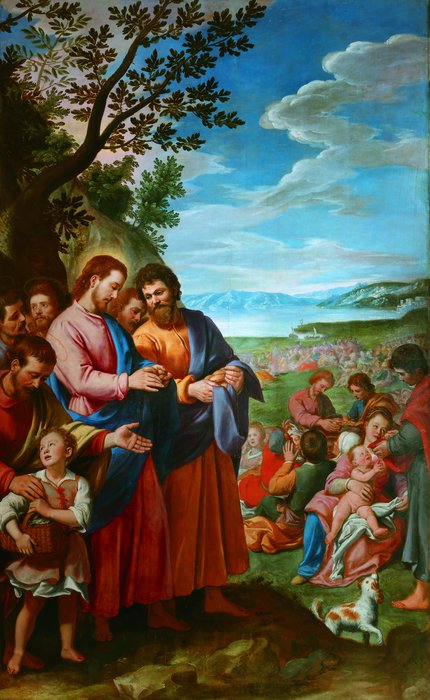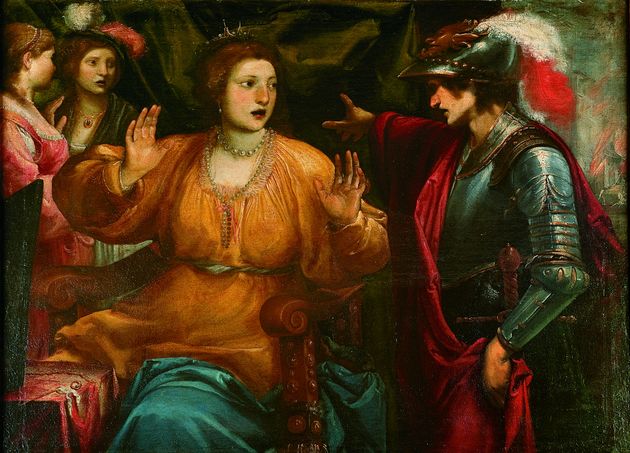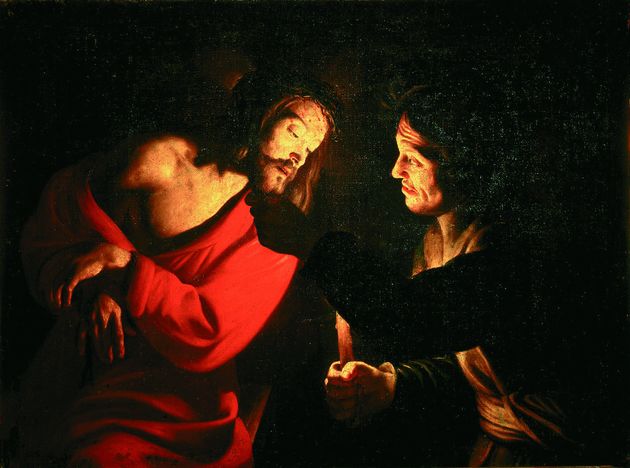Between the end of the 16th and the beginning of the 17th centuries the powerful merchant Geri degli Spini commissioned the painter and architect Santi di Tito to radically restructure his country residence. The artist, who had trained in Rome with Taddeo Zuccari and was renowned in Florence for his measured classicism, added a fine chapel to the living areas, and embellished it with a painting cycle which he composed with Alessandro Allori.
Santi di Tito painted the central altarpiece with The multiplication of the loaves and fishes. The most famous evangelical miracle dedicated to prosperity is depicted with a foreground showing Jesus, the apostles Andrew and Philip and a small stable boy who has been entrusted with the basket of fish. Opening up behind them is a light-filled landscape extending into the distance (we can make out a harbour, a gulf and a mountain range), crowded with bustling, hope-filled human figures.
The artwork has undergone skilful restoration which has recovered the original luminous texture of the painted surface, and we can now identify soft applications of Venetian tones and an expressive peacefulness typical of the artist’s late period. This gem of Counter-reformation realism might be interpreted as the artistic testament of Santi, who signed and dated the panel on its lower edge: “SANTO DI TITO TITI F 1603”.






























